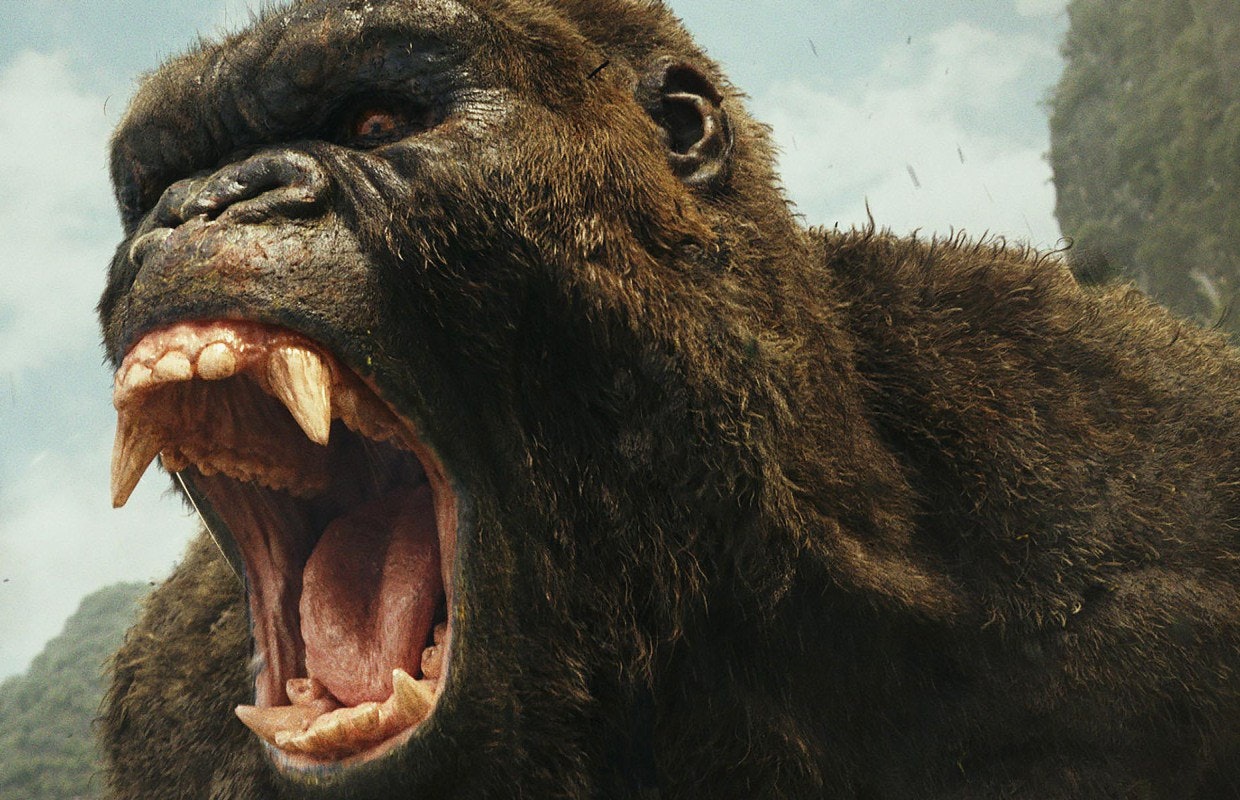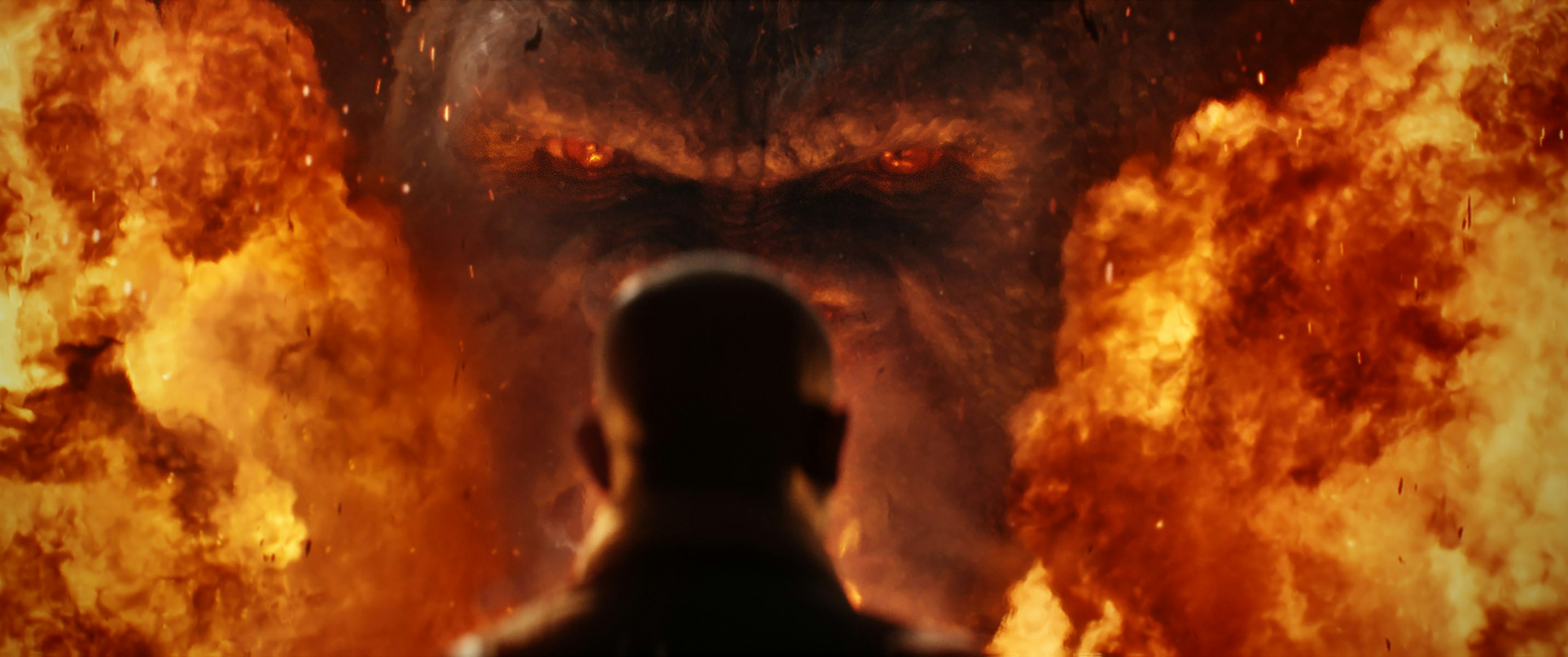
Few movie characters are more iconic than King Kong.
Ever since his 1933 debut, Kong has retained his place as one of the most recognizable creations in cinematic history. The character has been reimagined and reintroduced several times, and while not every movie he’s appeared in has been great, Kong hasn’t lost any of his appeal. But to draw in modern audiences, filmmakers have to offer a version of Kong that feels different than the incarnations they’ve seen before.
How do you reinvent a character who’s already so iconic? Well, if you’re Jordan Vogt-Roberts, you not only make him bigger, deadlier, and more ruthless, but you also use the Vietnam War as a sunburnt backdrop for the giant ape’s new adventure. That brings us to 2017’s Kong: Skull Island, which is streaming on HBO Max until May 19.
Coming three years after Gareth Edwards’ Godzilla, Kong: Skull Island offers a very different cinematic experience than its 2014 MonsterVerse predecessor. Skull Island takes place around 40 years before Godzilla, and it ditches that blockbuster’s dark, grounded perspective in favor of an over-stylized, frenetic, gonzo aesthetic that pushes the absurdity of its story to its absolute limits.
Both films do their best to emphasize the sheer scale of their monsters, but only one finds a way to insert a rattling Richard Nixon bobblehead into a key action sequence. From the moment it begins, Skull Island adopts a far more cartoonish, almost satirical tone than viewers may have expected. Thanks to the cinematography by frequent Zack Snyder collaborator Larry Fong, Skull Island even looks like a film made with the saturation levels turned all the way up. This is, mostly, a compliment.
The plot is nothing new. It follows a group of explorers, government agents, and military men as they journey to Skull Island, only to find a 100-foot-tall ape that doesn’t take too kindly to their excessive use of firepower. In case that wasn’t a bad enough break, the film’s central crew, led by Tom Hiddleston’s James Conrad and Samuel L. Jackson’s Preston Packard, ends up being hunted by a reptilian race of monsters known as Skullcrawlers.

As familiar as Skull Island’s story is, it’s mostly just a vessel for the film to bounce from one CGI-driven, technicolor action set piece to the next. From Kong’s jaw-dropping initial attack to a sequence where a gas mask-clad Hiddleston uses a samurai sword to cut through dozens of flying dinosaurs, Skull Island is practically brimming with absurd and stylish action scenes.
During the film’s press cycle, Vogt-Roberts cited everything from Apocalypse Now and Platoon to The Host and Neon Genesis Evangelion as influences. For better and worse, there are moments in Skull Island that genuinely feel like all these titles blended together. The film is an outrageous, coked-up blockbuster that cares far less about the humans in its story than it does its fiery napalm clouds, exploding helicopters, and, of course, Kong himself. It is worth your time to witness its sheer audacity.
Kong: Skull Island is streaming on HBO Max until Friday, May 19.







